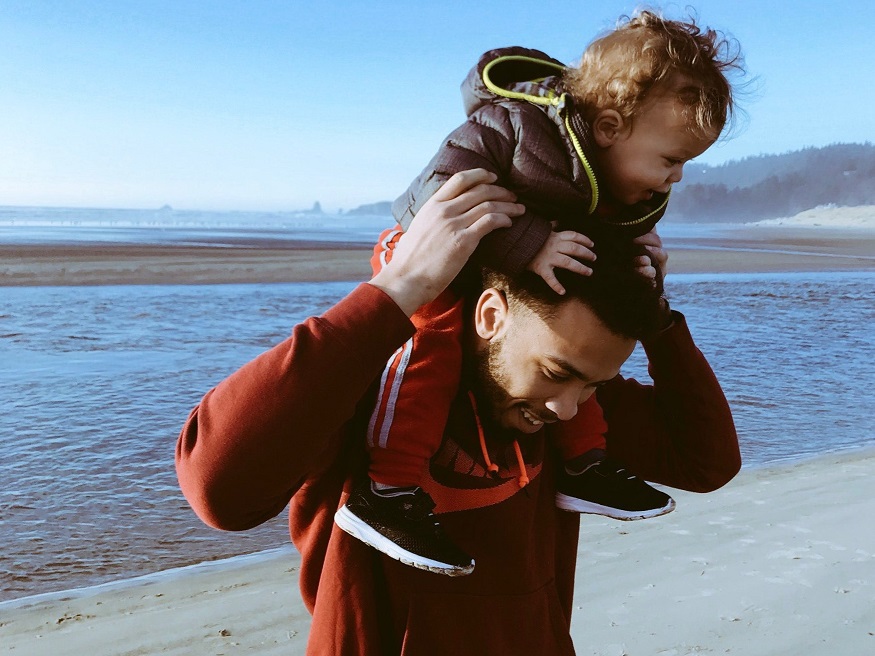
Londa Wagner, MS, LMFT, IMH-E® (III), is an instructor for CEED’s online Introduction to Infant Mental Health course. Londa is the mental health specialist for the St. Cloud Area School District early childhood programs in St. Cloud, Minnesota. She provides assessment and support to children and parents and works with early childhood staff to promote social and emotional learning and development for children, ages birth to five. Her extensive experience providing family therapy includes her private practice providing in-home family therapy to children and families who have experienced complex trauma. Londa is a founding member and serves on the Board of Directors of the Ellison Center in St. Cloud, an early childhood mental health center.
In this Q & A, Londa gives an overview of the infant mental health field and explains what participants can expect to learn in Introduction to Infant Mental Health.
Q. What age range does the information in this course apply to?
LW: Typically, in the field of mental health, when we are talking about infants, we usually mean birth to 3 years. However, the time between conception and birth is very important as well, because there is considerable evidence regarding prenatal influences on many clinical problems in early childhood. We also often extend the upper age limit to 5 years, because much research and many clinical programs extend beyond the first three years.
Q. Can you share a definition of “infant mental health”?
LW: Infant mental health is the young child’s capacity to experience, regulate, and express emotions in close and secure relationships and to explore the environment and learn. All of these capacities will best be accomplished within the context of the caregiving environment that includes family, community, and cultural expectations for young children. Developing these capacities is synonymous with healthy social and emotional development.

Q: Do people who take this course usually have an infant mental health background, or is the course intended for people who are exploring careers in infant mental health?
LW: Typically, the people who enroll in this course are working with children and their families, but they are not necessarily mental health specialists. For example, in our last session, participants included therapists and directors who had mental health knowledge, but who had not been trained specifically in the development of very young children. Also enrolled were a nurse who worked in a NICU, an early childhood special education home visitor, and some international students who worked in a hospital setting. All of these people had experience working with families and children in some capacity, but none had had specific training or knowledge in the philosophies and ideas of infant mental health.
I’ve heard from many students after this course that they were now able to think differently and with a new perspective, not only when working with the infants and their families, but also when working with anyone who was once an infant, which of course includes all of us! All of the development that occurs in our early childhood years tends to follow us and influence our current experiences, our work, our marriages, and our parenting. This includes influencing our attachment patterns, relationship styles, and our “ghosts” and “angels” in the nursery. These are metaphors for negative or positive early relational experiences with our own caregivers.
Q: What are the top three takeaways that you hope students come away with from this course?
LW: The first major takeaway I want to share is that relationships are the vehicle and the context for all early learning. This idea and viewpoint is often very different from our initial training and education as professionals, and it changes our work with children and families for the better. In infant mental health, the focus is always on the dyadic relationships between infants and caregivers. This is not only because infants are so dependent upon their caregiving contexts, but also because infant competence may vary widely in different relationships. What that means is that infants may act one way with one caregiver and another way with another caregiver. How they act depends on how their caregivers act; it depends on the nature of the caregiver’s presence and their positive or negative responses to the child. As we sometimes say in this field, it depends on how each caregiver is with the child. The infant mental health pioneer Jeree Pawl said, “How you are is as important as what you do.”
The second takeaway is that infant mental health is a multidisciplinary field. Infant and early childhood professionals represent a variety of disciplines spanning a variety of program and service settings. This includes early care and education, early intervention, mental and physical health, and child welfare, among other professions. Knowledge of infant mental health is beneficial to so many professions and the information learned in this course enriches your work tenfold.
The final takeaway I want to emphasize is that early intervention for children whose development is at risk has been shown to shift the balance from risk to resilience. This work really does matter!
Introduction to Infant Mental Health starts June 15. Learn more and register.



